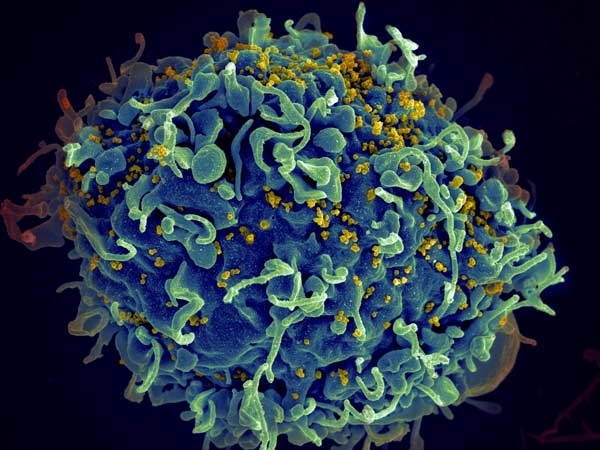Several significant developments in the field of HIV/AIDS cure studies have been reported this year. Now, adding to that is an HIV vaccine entering human trials after it has been in development for more than 30 years.
HIV vaccine to be tested on over 3,000 men
The said vaccine is being developed under the efforts of pharmaceutical giant Johnson & Johnson and will undergo human testing before 2019 ends. The trials will take place in the United States and across Europe with around 3,800 male subjects who have sexual intercourse with men.
The report was confirmed by Bloomberg through the statements of the U.S. National Institute of Allergy and Infectious Diseases director Anthony Fauci. J&J and Fauci’s agency will partner with the HIV Vaccine Trials Network to push through with the testing. Parties involved reportedly expect to see results in a matter of four years or sometime in 2023.
Human trials are said to be carried out in four batches. In each session, every patient will be given six doses of the vaccine.
HIV/AIDS: Vaccine saw prior successful animal testing
The said HIV vaccine was previously tested on animals and researchers saw promising results after reportedly killing the virus for the first time on mice subjects. The procedure was successful once the scientists combined CRISPR-Cas9 or CRISPR with a type of antiretroviral treatment.
Researchers used “humanized” mice subjects infected with HIV for the animal testing of the vaccine. The treatment employs the combination of long-acting slow-effective release (LASER) ART and gene-editing tool CRISPR. In the study’s publication in Nature Communications, the researchers report seeing “viral clearance” after administering vaccines with LASER ART and CRISPR. But when used separately, the virus remained undetectable on the human-model mouse subjects.
HIV/AIDS remains a global epidemic
With the lack of cure and prevention measures that need to be improved around the world, HIV/AIDS remains a global epidemic. As of 2018, the UNAIDS reports 37.9 million people are living with HIV. Of the 37.7 million patients, over 36 million are adults, and the rest are children.
The more pressing issue from those figures is the fact that only 23.3 million people have access to ART therapy. The data also show the need to improve HIV testing drives in various regions as more than 8 million patients did not initially know of their status.



 Tatahouine: 'Star Wars meteorite' sheds light on the early Solar System
Tatahouine: 'Star Wars meteorite' sheds light on the early Solar System  Our survey of the sky is uncovering the secrets of how planets are born
Our survey of the sky is uncovering the secrets of how planets are born  Dark energy is one of the biggest puzzles in science and we're now a step closer to understanding it
Dark energy is one of the biggest puzzles in science and we're now a step closer to understanding it  Customizing mRNA is easy, and that's what makes it the next frontier for personalized medicine − a molecular biologist explains
Customizing mRNA is easy, and that's what makes it the next frontier for personalized medicine − a molecular biologist explains  Could a telescope ever see the beginning of time? An astronomer explains
Could a telescope ever see the beginning of time? An astronomer explains  Archeoastronomy uses the rare times and places of previous total solar eclipses to help us measure history
Archeoastronomy uses the rare times and places of previous total solar eclipses to help us measure history  The brightest object in the universe is a black hole that eats a star a day
The brightest object in the universe is a black hole that eats a star a day  Alpha, beta, theta: what are brain states and brain waves? And can we control them?
Alpha, beta, theta: what are brain states and brain waves? And can we control them?  The rising flood of space junk is a risk to us on Earth – and governments are on the hook
The rising flood of space junk is a risk to us on Earth – and governments are on the hook  If life exists on Jupiter’s moon Europa, scientists might soon be able to detect it
If life exists on Jupiter’s moon Europa, scientists might soon be able to detect it  Six space missions to look forward to in 2024
Six space missions to look forward to in 2024  Why now is the time to address humanity’s impact on the moon
Why now is the time to address humanity’s impact on the moon  Why some people don't trust science – and how to change their minds
Why some people don't trust science – and how to change their minds 































